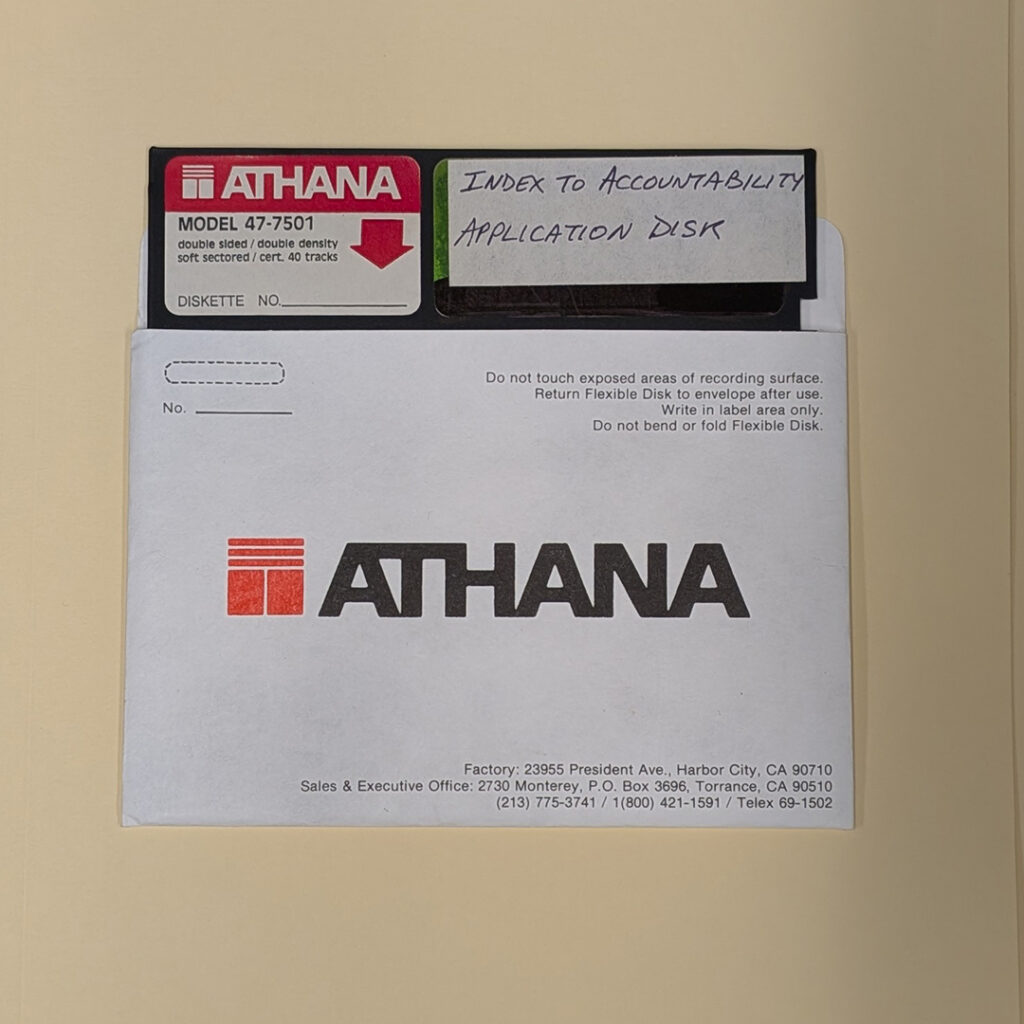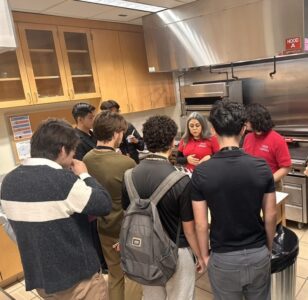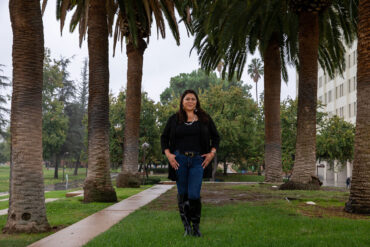
Media Contact: Carmen Ramos Chandler, carmen.chandler@csun.edu, (818) 677-2130
There are photos of refugee camps, death squad book images and pictures of people displaced by war, as well as administrative records and an “index to accountability.”
The “El Rescate Collection, 1977-2016” stored in California State University, Northridge’s University Libraryopened to researchers this month. It offers a unique perspective of an El Salvador torn apart by civil war during the 1980s and the conflict’s impact on its people, many of whom sought refuge in the United States, especially Los Angeles. It also provides insight into a Los Angeles-based nonprofit that has spent more than four decades defending immigrant and human rights.
“The items in the collection really give us an opportunity to see what was really happening on the ground in El Salvador and the world’s reaction to it,” said Mallory Furnier, a special collections and archives librarian at CSUN. “The archive also offers an overview of what the days were like for the people who made up El Rescate and the people they helped. I don’t think people realize what an important role El Rescate played in restoring dignity to those refugees and recognizing their humanity.
“Given what we are going through right now,” Furnier continued, “the archives offer people an opportunity to learn about effective ways that people can help one another.”
She added that the archive processing was made possible with the support of a Mellon Foundation Grant subaward from UC Irvine’s Community-Centered Archives Practice: Transforming Education, Archives and Community History.
El Rescate was the first agency in the United States to respond with free legal and social services to the mass influx of refugees fleeing the civil war in El Salvador. The war, which lasted more than 12 years, was fought between the government of El Salvador and the Farabundo Martí National Liberation Front, a coalition of left-wing guerilla groups.
The United Nations estimated that the war killed more than 75,000 people between 1979 and 1992, along with approximately 8,000 disappeared persons. More than 500,000 sought refuge in other countries.
El Rescate was founded in 1981 by Salvadoran refugees, with the support of the Southern California Ecumenical Council, to meet the urgent need for legal and social services for refugees fleeing the war.
The collection at CSUN documents the history of the Salvadoran Civil War and post-war period and El Rescate’s work, including the work of its human rights department, to meet the needs of the country’s people.
Notably, the collection includes the human rights department’s “Índice Sobre la Responsabilidad (Index to Accountability),” a precedent-setting relational database that facilitates the identification of patterns of human rights violations using two sets of information: one of recorded human rights abuses and one of the Salvadoran military command structure.

The index covers the entire civil war period from January 1980 to January 1992. It connects abuses to individual components of the military, police, and paramilitary forces, as well as the military high command.
“What is so amazing is that the index was created by people often physically transporting documents and other information from El Salvador to El Rescate’s offices in Los Angeles, or using the very earliest transnational electronic communication methods,” Furnier said. “Once here in Los Angeles, many people at El Rescate worked to create a database of that information so they could track human rights abuses and link them to the perpetrators. What’s even more amazing, when you consider the technology we take so much for granted today, is that index was stored on a floppy disc, which we have in the collection.”
Furnier noted that the collection incorporates trauma-informed archival practices. There are graphic content warnings scattered throughout the archive to prepare viewers for what they are about to see. The collection includes images and descriptions of murder, war crimes and human rights abuses.
“The archive includes testimonies from people who were victims of war crimes. We want to be respectful and make sure we describe things accurately,” she said. “We also realize that some people may experience trauma vicariously because of what they see or read.
“It’s hard to overstate the significance of El Rescate’s work for the refugees who sought safety in the United States,” she continued. “This collection provides insights into an important period of our history.”



